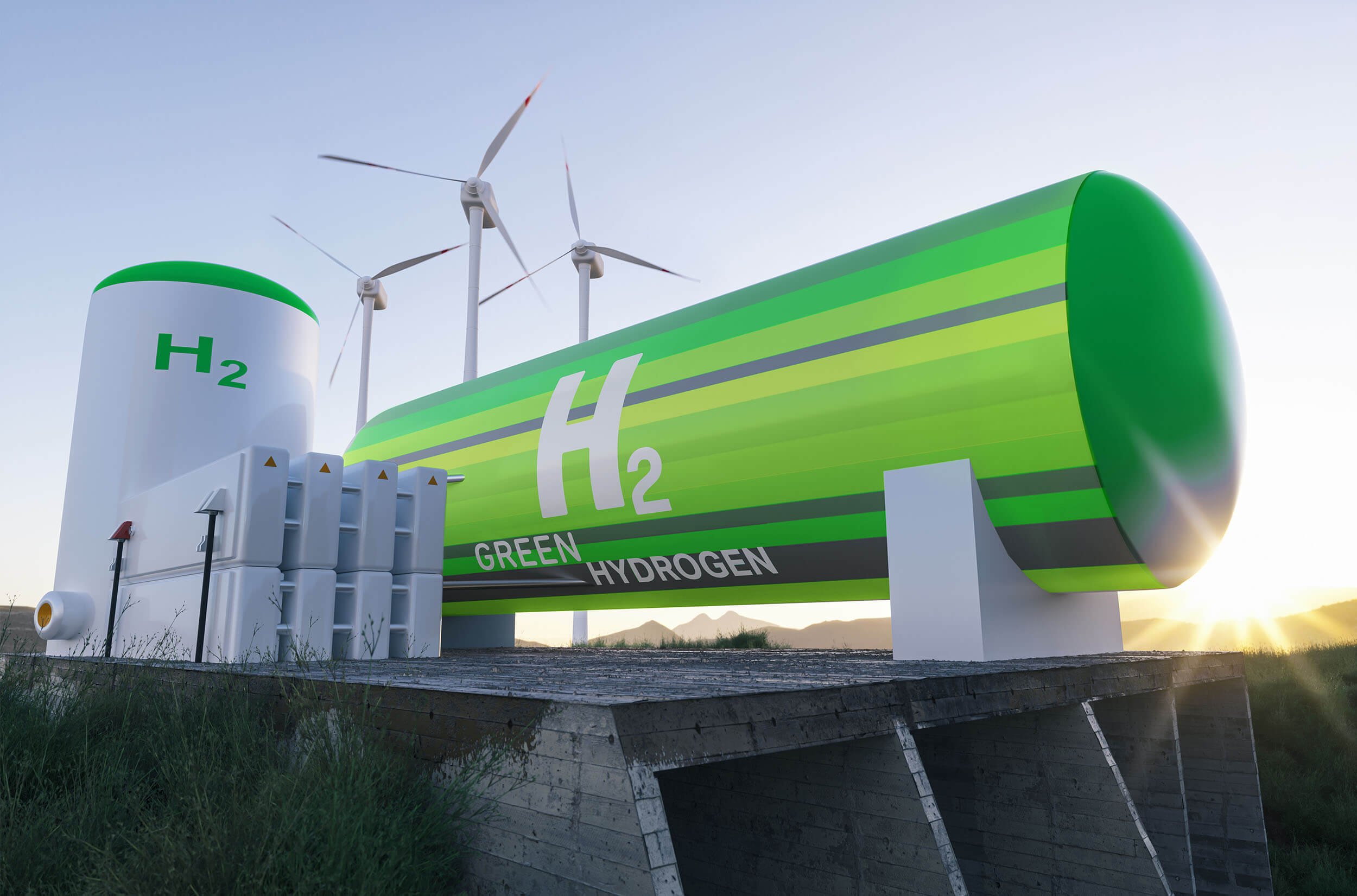Discover the Future of Green Hydrogen at World Hydrogen Summit 2024
Interviewer (K&A Staff Member): Hi, we are here at the World Hydrogen Show in Rotterdam, and I have the pleasure of speaking with Ravi Krishnan, Managing Director of Krishnan & Associates. Ravi, can you tell us about the current interest and developments in green hydrogen production?
Ravi Krishnan: Hello, it's wonderful to be here. There is a lot of interest in producing and manufacturing green hydrogen. The availability of electrolyzers and other supporting technologies is a critical enabler of this technology. There are various feasibility studies being conducted around the world to demonstrate the viability of green hydrogen.
Interviewer: What are some of the primary technologies and components on display here?
Ravi Krishnan: There are numerous electrolyzer manufacturers present, as well as producers of air separation units and other critical components. Green hydrogen projects typically range from 20 to 100 megawatts. For example, a typical electrolyzer stack, can have a power output of 1 to 6 megawatt. A 5-megawatt electrolyzer can produce around 2 tons of hydrogen each day.
Interviewer: What are the major expenses involved with these projects?
Ravi Krishnan: The electrolyzer and air separation unit (ASU) are usually the primary CapEx components. The choice of materials is a crucial difference in electrolyzer technology. Some markets prioritize high efficiency and use unusual metals, resulting in higher efficiencies. The average capital expenditure for a turnkey project varies by area. For example, European markets place a higher value on efficiency, with much of the manufacturing taking place in Europe, although Asian markets also have localized manufacturing. CapEx expenses might range between $1 and $1.5 million per megawatt.
Interviewer: How are operational costs broken down?
Ravi Krishnan: The OpEx is greatly influenced by the cost of power and the availability of water. Electricity expenditures might account for up to 80% of the OpEx. In Europe, for example, the average cost of green electricity is approximately $80 per megawatt-hour.
Interviewer: What are the obstacles and expectations for future green hydrogen projects?
Ravi Krishnan: The show has been highly dynamic, with many moving pieces. A broad consensus exists on the need for more stable funding. Currently, funding has been sporadic, time-consuming, and bureaucratic, postponing numerous initiatives. There are many feasibility studies underway, but few commercial enterprises. This is likely to change as technology advances and costs fall. Many initiatives continue to rely largely on government subsidies to encourage technology.
Interviewer: Thank you, Ravi. This has been very informative. We look forward to more updates from the World Hydrogen Conference.
Ravi Krishnan: Thank you. It's been a pleasure.
Krishnan & Associates is a leading marketing firm specializing in providing specialized consulting services for the energy transition sectors. Our expertise spans a diverse range of tasks, including lead generation, business development, sales prospecting, content creation, management of public relations, implementation of digital marketing strategies, in-depth global market research, and comprehensive market analysis. To discover more about our areas of specialization, please visit our website at marketing page
#CleanEnergy #HydrogenTechnology #EnergyInnovation #SustainableEnergy #FutureOfEnergy #Electrolyzers #HydrogenProjects #GreenTech #EnergyTransition #ClimateSolutions #HydrogenEconomy


